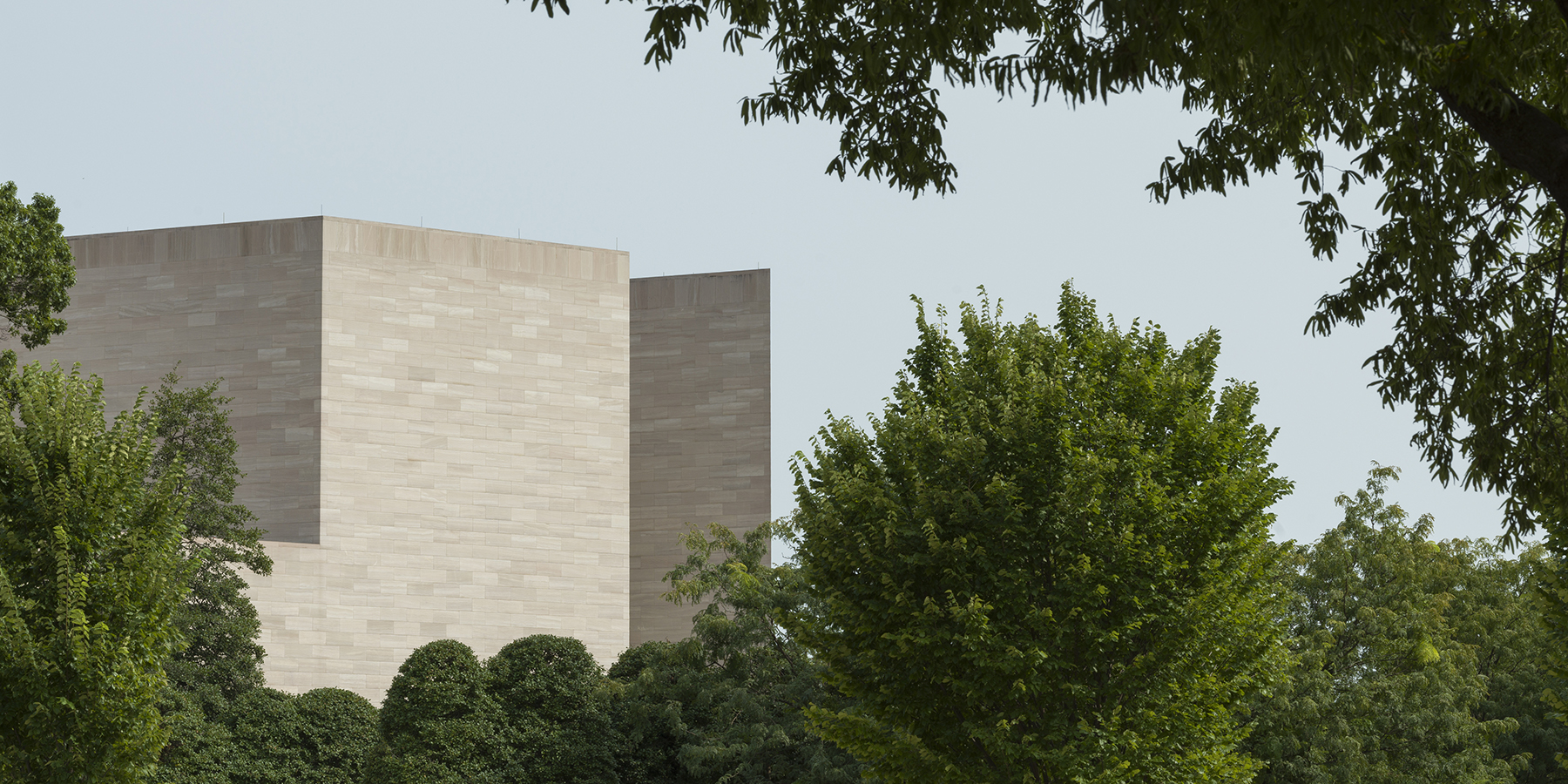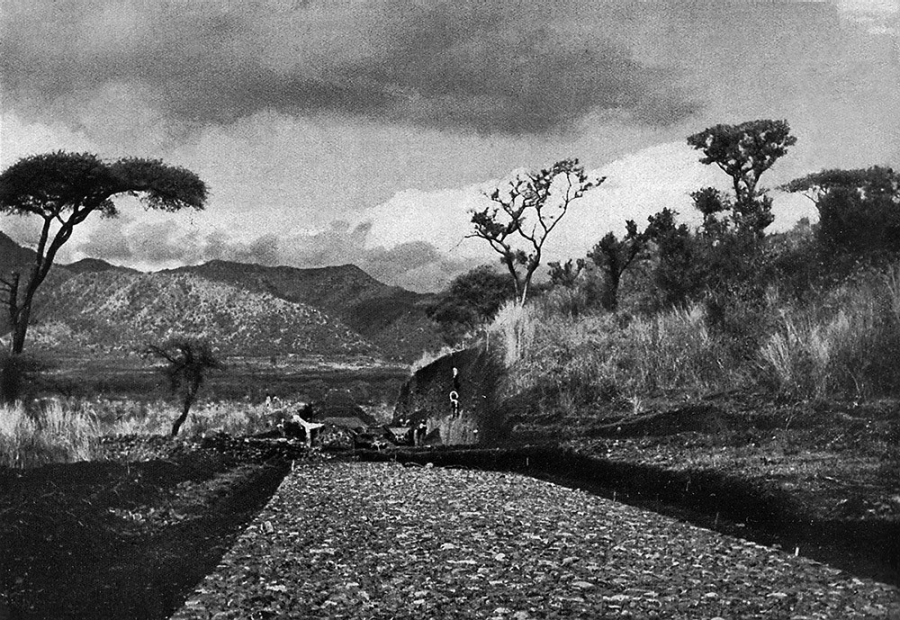In “Le Strade dell’Impero”—published in L’Illustrazione Italiana in May 1937—the journalist Franco Pattarino writes about imperial roads in the process of construction in Italian East Africa. Like many of the writings consulted during my fellowship, the discussion of the utility of these projects combines with direct allusions to their military role. Indeed, while this modern network of travel and transportation was often equated with the road system in Italy, it was also understood as an instrument for, and product of, the conquest in Ethiopia. This aspect is powerfully conveyed in the words and images of Pattarino’s essay, which fuses the military activities of the Italian Legionnaires with their purportedly heroic roadbuilding efforts.
These imperial roads are a central element in my research on the conflicted nature of mobility in Italian Africa during the Fascist Era. Of particular concern to this larger project are the architectural and spatial implications of colonial policy, which strove to shape the movement (or non-movement) of Italians and local populations. The central argument is that while Italians were encouraged to emigrate to their African colonies as a modernizing and civilizing force, the movement of the local populations was largely restricted. These arguments are indebted to mobility studies, which emerged in the early 2000s to examine the spatial, infrastructural, and institutional mechanisms that shape and enable movement in contemporary society. While this area of investigation often attends to its explicitly class-based nature—with those of greatest wealth being able to escape the confines of any single nationality—my research argues that in Benito Mussolini’s Italian Empire, degrees of mobility were determined by racial, religious, and cultural difference, and in accordance with the political hierarchies of governance.
During my fellowship, I examined the roadbuilding projects in Italy’s North and East African colonies through published sources that, notwithstanding their propagandistic role, offer extensive documentation. My primary focus has been on two major transportation arteries constructed in Libya and Eritrea. The first is the completion of the Strada Litoranea in 1937—which resulted in an 1,800-kilometer-long highway that traversed the Mediterranean coastline from Tunisia to Egypt. The second is the Camionale Mar Rosso-Altipiano Eritreo—a 137-kilometer-long truck route opened in 1935 that connected the port of Massawa on the Red Sea with the upper highlands and Eritrean capital, Asmara. One thing that has become clear is that while the road system in Libya was understood to symbolize its unity with the metropole, in East Africa it facilitated trade and industry as part of the military consolidation of the empire.
Although the roads represented mobility infrastructures that profoundly impacted these colonies, I am especially concerned with understanding the process of their construction as a system of mobilities—of materials, equipment, provisions, and Italian and Indigenous labor. In the case of both projects, due to the tight construction schedule, the road was broken into a series of sections that were further subdivided into separate cantieri, or construction yards. These temporary sites were the home base for the construction teams—providing housing, mess halls, and even spaces for convalescence. In Eritrea, due to the number and complexity of engineering works, these amenities were often near major bridge projects. In Libya, one of the striking features of the cantieri is that the Italian workers were housed in wooden barracks, while the Libyans were left to provide their own accommodations. This differential approach is entirely characteristic of the labor practices in Italian Africa, where gestures of cultural sensitivity masked policies of racial discrimination and blatant neglect.
As a final reflection on this research, the idea of sacrifice has emerged as an important theme in these roadbuilding efforts. In Libya, a 31-meter-tall commemorative arch, the Arco dei Fileni, was constructed straddling the Strada Litoranea near its midpoint in the Gulf of Sirte. The site was purported to be near a tomb from the fourth century BCE, where the legendary Philaeni brothers of Carthage chose to be buried alive in order to establish a territorial boundary in a dispute with the Cyrenians—an act of self-sacrifice that was the perfect expression of Fascism’s imperial mission. In the case of the truck route in Eritrea, as was typical of most major roadways in East Africa, a monument was proposed to acknowledge the fatalities during the construction process. Notably, although it recognized 90 Italian workers who died, the monument elided any reference to Eritrean and other Indigenous laborers.
University of Washington
Ailsa Mellon Bruce Visiting Senior Fellow, spring 2021
Brian L. McLaren will return to his position as associate professor in the Department of Architecture at the University of Washington. His recently published book, Modern Architecture, Empire, and Race in Fascist Italy (2021), was supported by his time as a Paul Mellon Visiting Senior Fellow in the summer of 2009.

